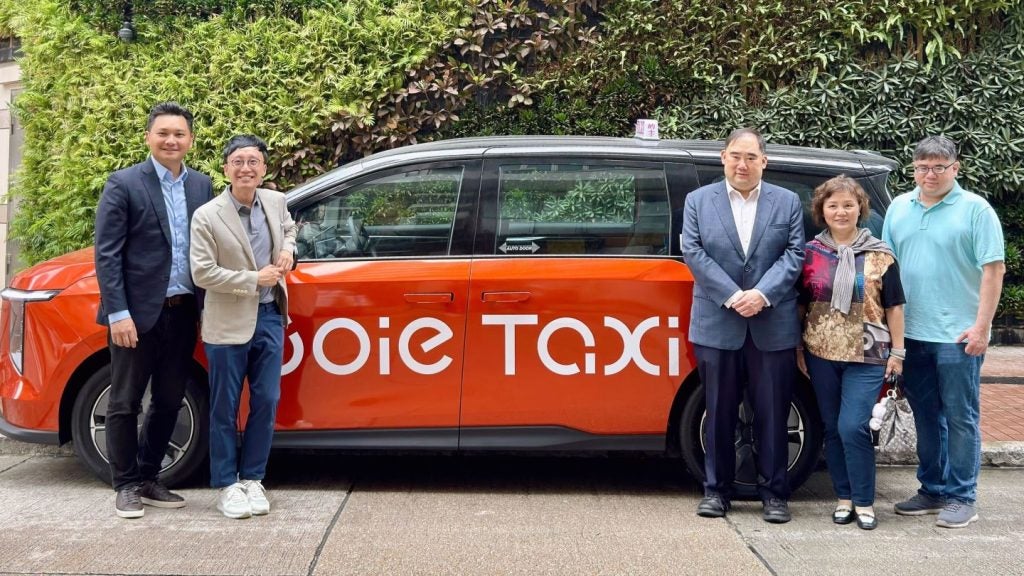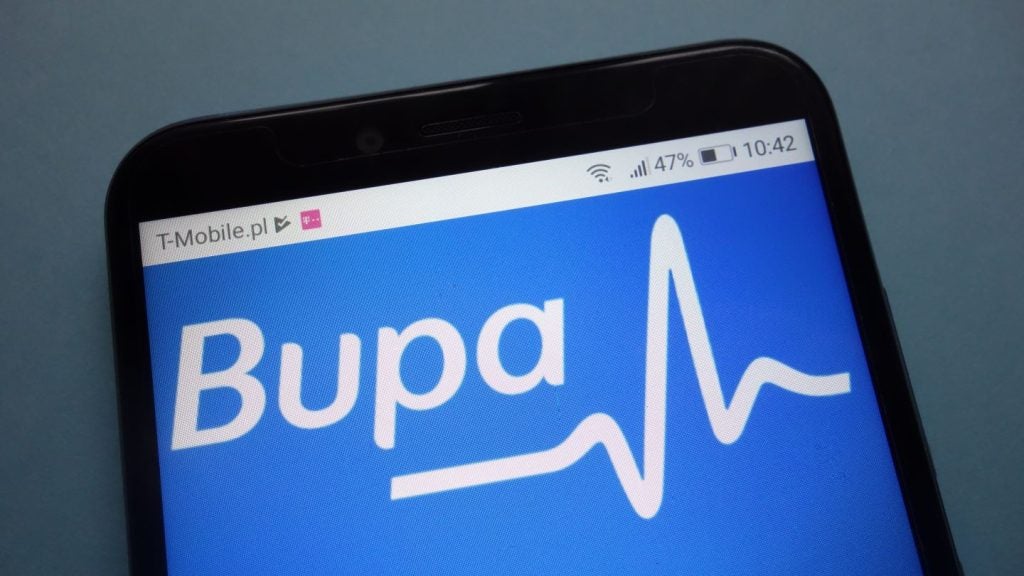insurance
In an analysis that points to health insurance in the US becoming
increasingly unaffordable, management consultancy Booz Allen
Hamilton (BAH) projects that up to 60 percent of privately insured
Americans – 120 million people – will be enrolled in some form of
high-cost health insurance plan by 2020. This is about three times
more than the number of people who are currently members of health
insurance plans with high-cost features.
BAH warned that as high-cost plans become increasingly pervasive,
more consumers will assume greater responsibility for the cost of
their health care, sparking an emerging crisis in the middle class
as many are forced to make trade-offs between medical care and
other critical financial needs.
This warning comes at a time when the number of Americans with
health insurance is declining. According to the US Census Bureau,
the number of people without health insurance increased from 39.8
million (14.2 percent of the total population) in 2000 to 47
million in 2006 (15.8 percent of the total population). Of the 282
million people with health insurance cover in 2006, 201.7 million
(71.5 percent) had private cover while the remainder were covered
by government plans. Of those with private cover, 191.5 million
were covered by a health insurance plan related to
employment.
BAH stressed that its findings point to an urgent need for a
radical restructuring of the US health care system, as the move
towards increasing the cost responsibility borne by consumers is
already far more widespread than consumer-driven health plan
enrolment data shows. This distortion results from the increasing
number of people enrolled in conventional health insurance plans
with high-deductible features.
According to BAH, more than 15 percent of the privately insured
(about 28 million people) are already enrolled in a high-deductible
conventional health plan. Ten percent of people enrolled in
conventional plans faced deductibles exceeding $1,000 in 2007, up
from only 4 percent in 2002. In addition, more than 20 percent of
the privately insured (about 38 million people) face out-of-pocket
health care expenses (including premiums) that account for more
than 10 percent of their after-tax incomes.

US Tariffs are shifting - will you react or anticipate?
Don’t let policy changes catch you off guard. Stay proactive with real-time data and expert analysis.
By GlobalDataBy 2020, BAH predicted, enrolment in conventional plans with
high-deductibles features could reach 35 percent to 40 percent of
people in the privately insured market. All projections must be
viewed as directional, noted BAH.
Enrolment in consumer-driven health plans could reach 20 percent to
25 percent of privately insured people by 2020, up from BAH’s
estimate of about 5 percent to 6 percent at present. In
consumer-driven health plans – health savings accounts and health
reimbursement accounts – members use money from their spending
account to pay for medical care and prescription drugs. When the
money in the account is depleted, members pay out of pocket for
medical care, other than in catastrophic circumstances.
Proposing a solution to rising health insurance costs, BAH’s senior
vice-president, Gary Ahlquist, said: “The supply side of health
care needs to be restructured such that patients can shop by
comparing value. Consumers will also need real options for health
care delivery and incentives to adopt healthy behaviours, along
with new insurance and financial services products to help finance
their care.”
Bleak future for insurers
Paralleling BAH’s analysis, a new report released by technology
group IBM paints a bleak picture of the future for US health
insurers that do not make radical changes in how they do
business.
In its analysis, IBM predicts that as consumers take on more
financial responsibility for their health care, they will demand
more accountability from health insurers and providers, more
flexible products, better customer service and greater transparency
in costs and quality.
“In this emerging [health insurance] environment, consumers will
quickly become more motivated to make better health and wealth
decisions,” said IBM Global Healthcare & Life Sciences Industry
unit’s general manager, Dan Pelino. “Such changing market dynamics
will in turn create new opportunities and daunting pressures for
health insurers. Health plans that recognise the retailisation of
health care and then successfully transform to provide new delivery
models and services will prosper, while those that fail to do so
will face rapid marginalisation.”







